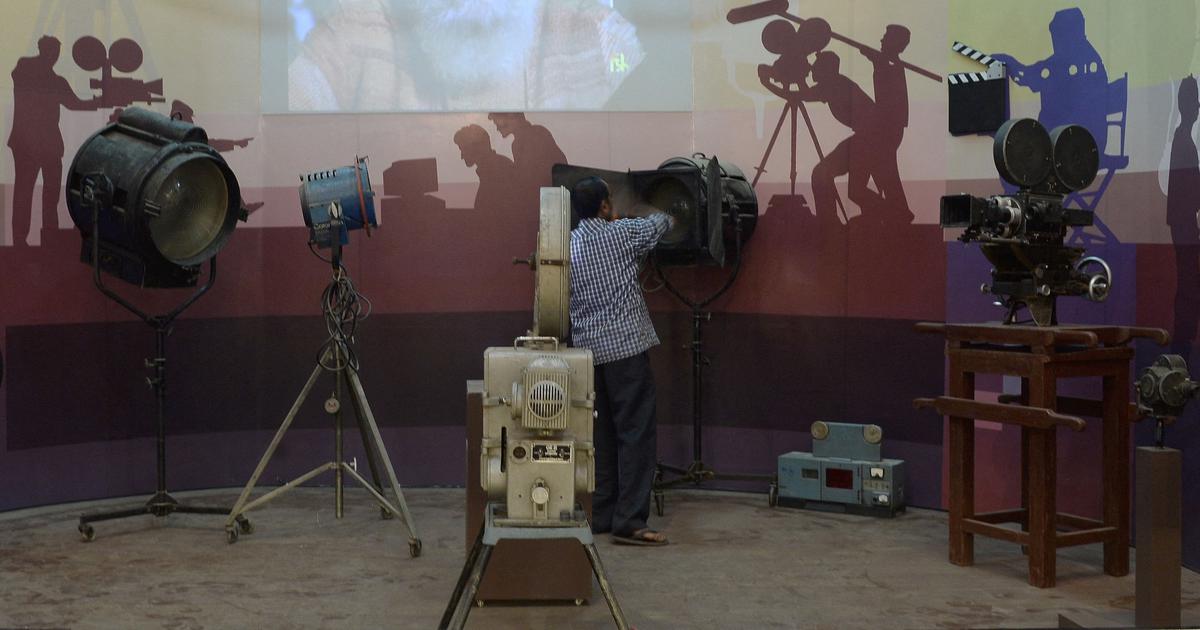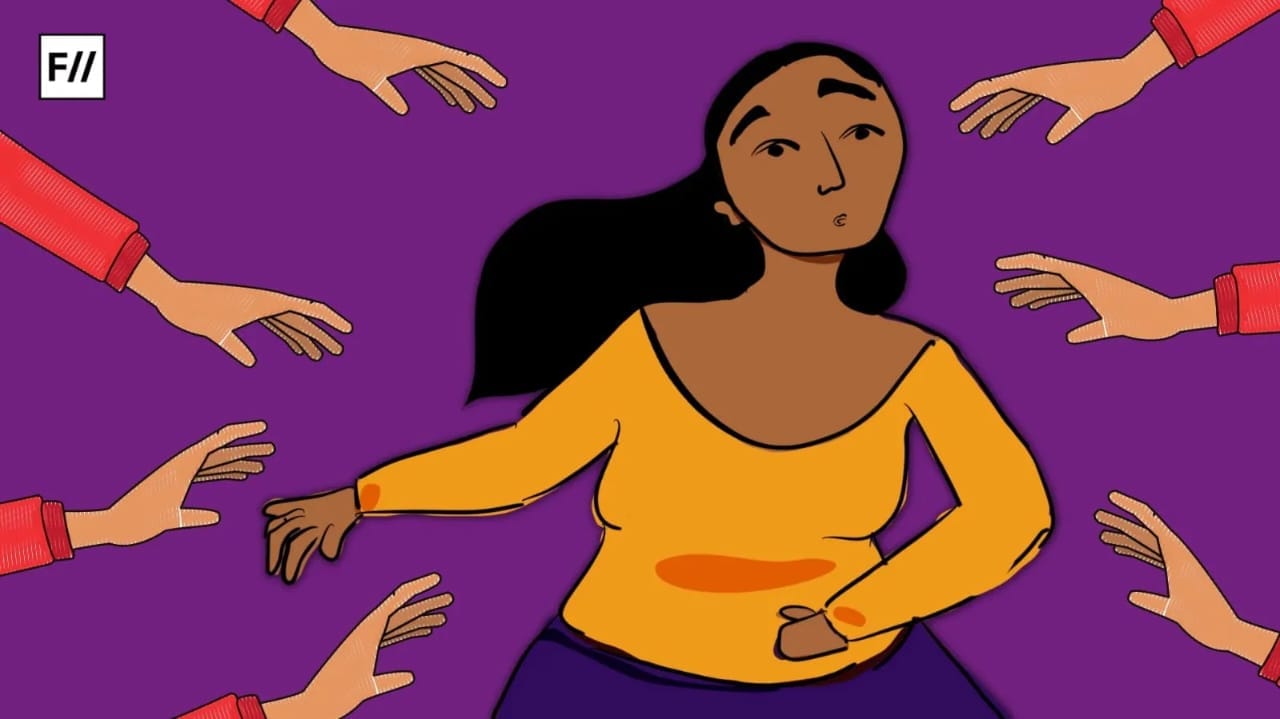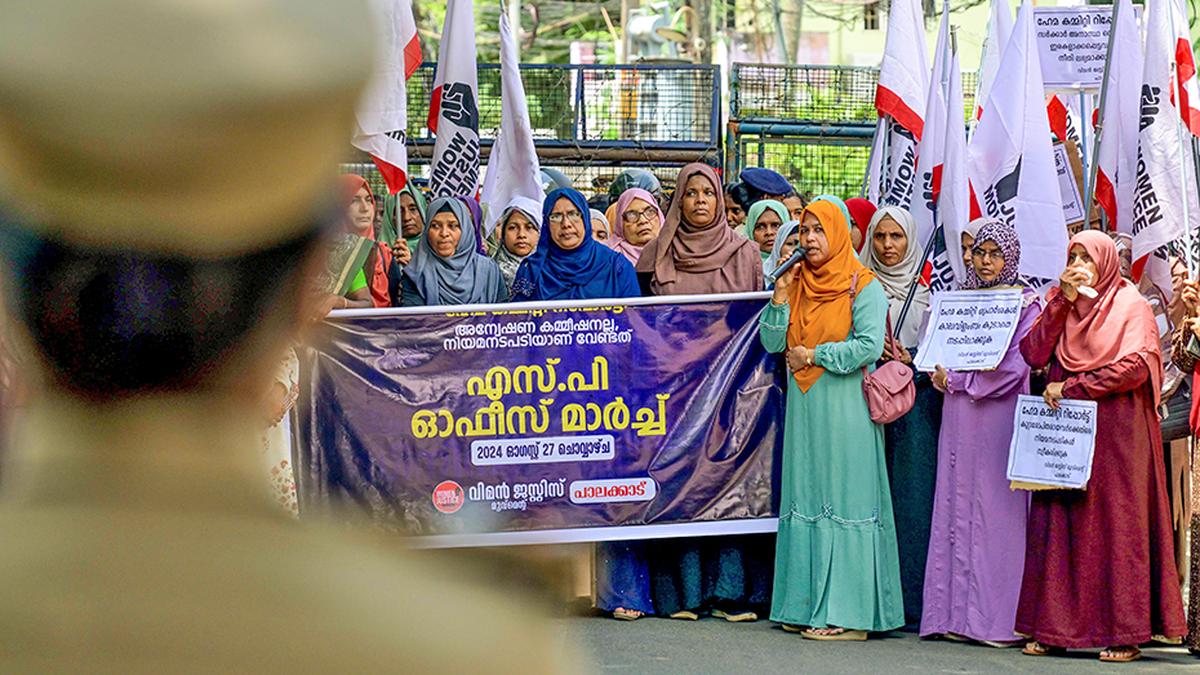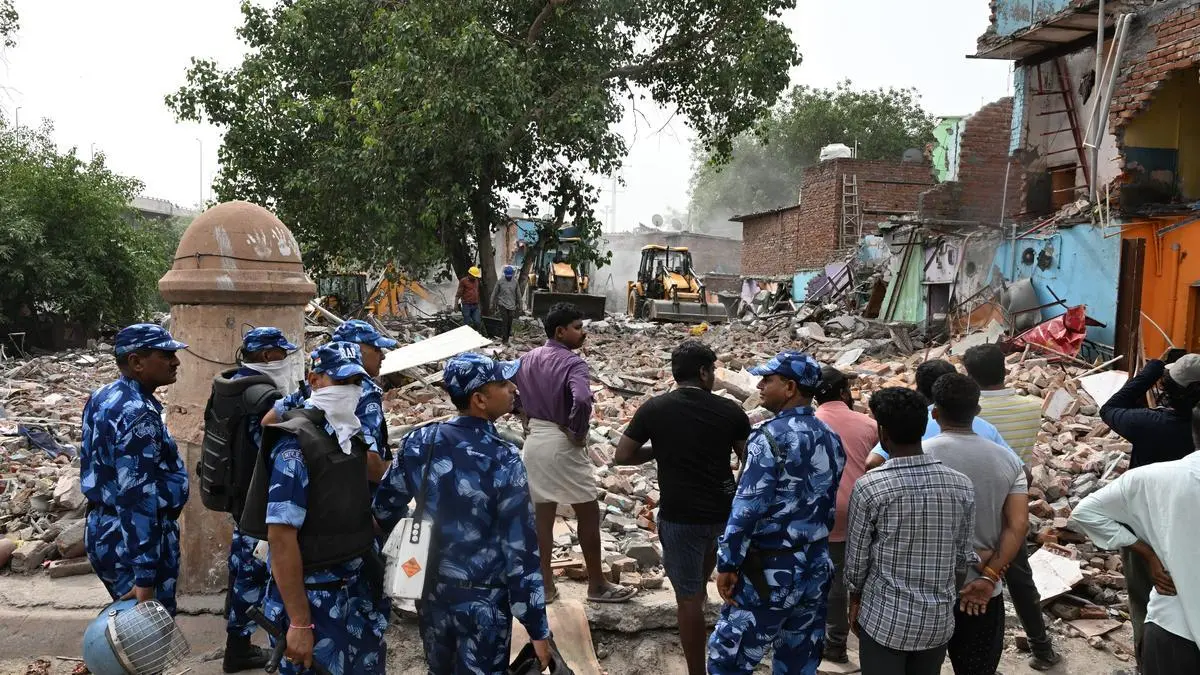Stamped by the Information and Broadcast Ministry as loss-making entities, The Film Division (FD), The Children’s Film Society, India (CFSI), The National Film Archives of India (NFAI) and The Directorate of Film Festivals (DFF) saw a quick and silent demise as the world clocked in a new year. What does this decision mean for Indian cinema? What were the functions of the institutes that shut shop? Why did the government decide to unify the federal units?
This fear of the unknown is being exacerbated by the government’s lack of transparency. In a petition to the centre, signatories – including actor Naseeruddin Shah, filmmaker Nandita Das, director Anand Patwardhan and writer Varun Grover, expressed concerns about the process and opacity of this decision. What will happen to the structures of the erstwhile film bodies? Will the contractual employees retain their jobs? What will be the new modus operandi of NFDC?
On 31st December 2022, the official site of the Film Division declared that all activities under the independent film bodies will be transferred to National Film Development Corporation (NFDC) from January 1, 2023. This comes two years after the union government’s decision to merge the film bodies, in December 2020.

There was a limited but passionate collective sob expressed online. The likes of directors including Anurag Kashyap posted “Black Day for Indian Cinema” and film critic and journalist Bedatri Datta Choudhury tweeted “…a juggernaut of propaganda, I know India to be a little less of a home today”. But these sentiments are as inaccessible to an audience without context as are the reports that create the basis of such state decisions. Let us take a look at the concerned institutes that have shut down and the committee that investigated and found valid reasons for this action.
Joshi, Kher and Agnihotri’s good relationship with the government in power could not cement their position in the committee as they were casually replaced by Nagabharan, a campaigner for the BJP in Karnataka, and Shyama Prasad, a national award-winning filmmaker and the son of O Rajagopal, BJP’s first and only MLA in Kerala.
The now-closed legacy institutes were independent government bodies; save CFSI – which was a society. Each of these institutes was born with a unique purpose, specialisation and expertise.
Film Division: Established in 1948, FD was the first film production and distribution unit, under the Ministry of Information and Broadcasting. Its main function was to produce documentaries – that extended into supporting freelance filmmakers and providing an outreach platform for films. In the many years of its existence, it has produced 6474 odd films including documentaries, short films and animation films and 2640 newsreels.
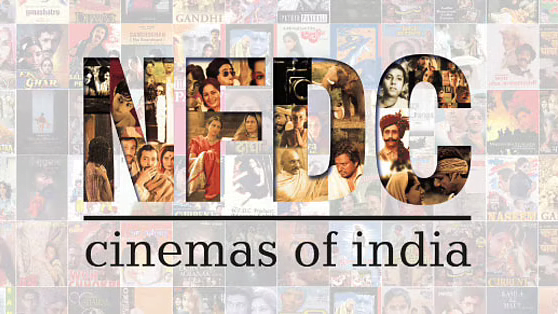
The Children’s Film Society, India: Established in 1955, CFSI was a nodal organisation concerned with the production of feature films, animated films, shorts, and TV serials for children and youth. It has produced films in 10 different languages ranging from Telugu to Nagamese to Bengali.
Also read: Queer Question In Rural India: Mainstream Cinema & Other Realities
The National Film Archives of India (NFAI): The NFAI was a unit established in 1964 with the sole purpose to trace, acquire and preserve Indian cinema heritage. An unfortunate fire accident in 2003 impressed upon us the gravity of this institute as 607 films were lost in the fire which included unduplicated irreplaceable films.
The Directorate of Film Festivals (DFF): DFF was a relatively younger unit, established in 1973. DFF’s primary focus was to promote Indian films and cinema. Amongst its operations were events like the International Film Festival of India, the National Film Awards and the Dadasaheb Phalke Award.

The first committee to investigate the running of these institutes was constituted in 2018 under the then I&B minister Smriti Irani. CBFC chairman Prasoon Joshi, member Vani Tripathi Tikkoo, filmmakers Nagesh Kukunoor, Vivek Agnihotri and actor Anupam Kher – none of these original committee members made it to the new panel that was announced later that year under the new I&B minister Rajyavardhan Singh Rathore. Only Rahul Rawail, director of ‘Betaab’ and ‘Anjaam’ remained. He was joined by the Malayalam filmmaker Shyama Prasad and the Kannada filmmaker TS Nagabharan – headed by former Information and Broadcasting Secretary Bimal Julka.
Also read: What Relationship Does Cinema Have With The XX Chromosome?
Joshi, Kher and Agnihotri’s good relationship with the government in power could not cement their position in the committee as they were casually replaced by Nagabharan, a campaigner for the BJP in Karnataka, and Prasad, a national award-winning filmmaker and the son of O Rajagopal, BJP’s first and only MLA in Kerala. After the decision in 2020, the committee submitted a report of their investigation to the government that necessitated this action. Yet this report remains hidden from the public or even stakeholders’ eyes, despite RTIs filed. What are the fears and concerns of individuals from the film fraternity?
The centre’s justification has been that these individual bodies were loss-making entities. The government has also maintained that this merger will ensure better utilisation of funds and a smoother working process. Scholar and filmmaker Madhuja Mukherjee expresses her issue with the attachment of profit and loss with these institutes. “It is a shift in the government’s policy from a social welfare idea to a more profit-making and industrious imagination… the kind of fees students pay in a state-run university… that cannot cover the salary of teaching and non-teaching staff, so the government subsidises it… because of what these institutions stand for.” Institutes that carry forward a larger purpose for any civilisation cannot be understood through the lens of a balancing sheet.

One of the members of the committee for this merger, Rahul Rawal, said in a panel discussion held by Fipresci India, “There was a large drain, monetary drain… We spent over a year on this and realised that this was being used as a money machine by a lot of people on these committees.” Rawal claimed that these bodies were rarely making any films. He emphasised, “You have to perform!” While it is important to show the door to corrupt functionaries and every institution must be held accountable for their activities – but is the answer in cutting the legs of these institutes and bringing them under a vague umbrella robbed of the specialisation and legacy? The corporate model lacks tools to measure performance in culture and heritage conservation.
“I hope more independent films will be made because the more things are commercialised the more alternatives grow.”
Madhuja Mukherjee, Scholar and Filmmaker
Rawal kept underlining that the basis of the decision was low production and performance quality. “Films Division has made documentaries by hiring outside directors. Why? They have a whole horde of directors on the panel.” It is rather confusing to imagine this as bad news when the same FD produced Ray’s ‘Rabindranath Tagore’ and MF Hussain’s ‘Through the Eyes of a Painter’ – neither of whom was employed as an FD panellist. In-house and out-house productions have always been within the mandate of these institutions. A profit-driven model is not built to favour cultural nourishment and conservation. Film critic VK Joseph reflected in the same panel, “Investment in culture is becoming a luxury now”.
This fear of the unknown is being exacerbated by the government’s lack of transparency. In a petition to the centre, signatories – including actor Naseeruddin Shah, filmmaker Nandita Das, director Anand Patwardhan and writer Varun Grover, expressed concerns about the process and opacity of this decision. What will happen to the structures of the erstwhile film bodies? Will the contractual employees retain their jobs? What will be the new modus operandi of NFDC?
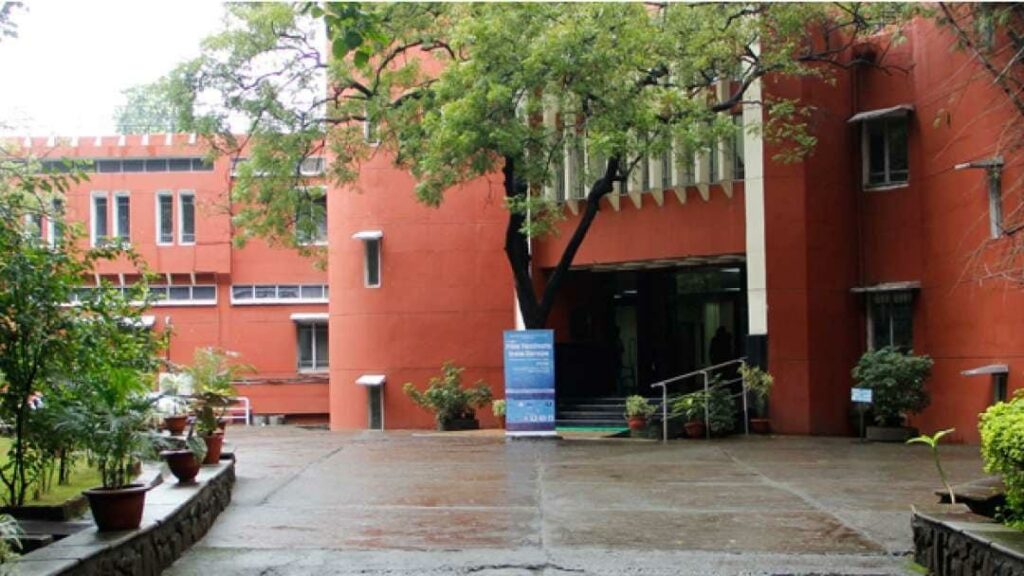
Rawal clarified that this move is more of an overhaul of the structure than a merger – a yet-unknown parent body shall look over the new verticals that shall function instead of the erstwhile independent bodies. Will NFDC be replaced by a completely new parent institution? How will this transition happen? The next steps are shrouded in mystery and confusion as the State refuses to disclose the report or the course of action. Either some unsavoury plans are afoot or the ministry is winging it. Mukherjee added, “This is not something that has happened for the first time …The concern is the picture is unclear.”
Also read: Press And Policy: Can The Media Influence Policy-Making?
The independent legacy units and societies have now been absorbed into a corporation, that will here on function under the Companies Act. This seems to prioritise profit over culture but only time will tell, what form this new, unknown institution will take the shape of. While some are looking forward to better synergy, some predict aggressive state censorship and some fear this is the prologue of rampant privatisation, Mukherjee adds a note of fiery silver lining, “I hope more independent films will be made because the more things are commercialised the more alternatives grow.”
About the author(s)
She/they is an editor and illustrator from the suburbs of Bengal. A student of literature and cinema, Sohini primarily looks at the world through the political lens of gender. They uprooted herself from their hometown to work for a livelihood, but has always returned to her roots for their most honest and intimate expressions. She finds it difficult to locate themself in the heteronormative matrix and self-admittedly continues to hang in limbo
